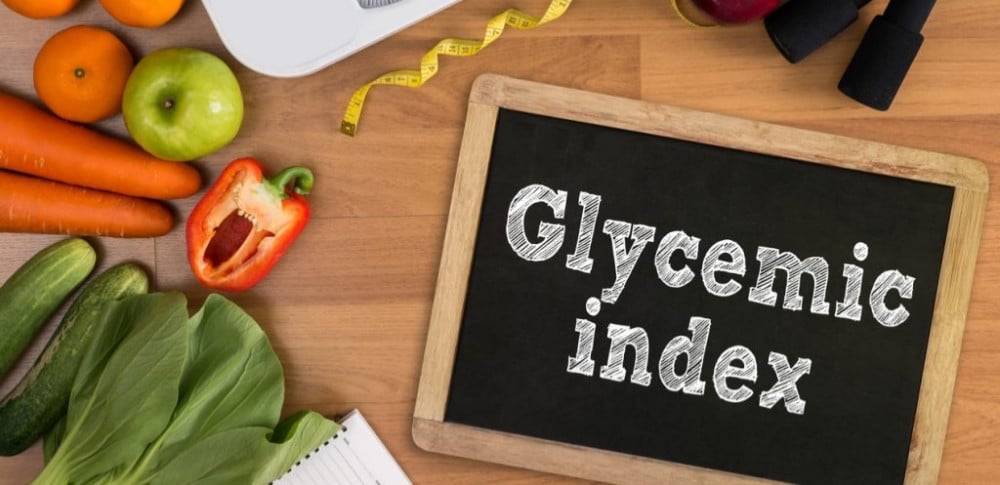The Glycemic Index (GI) is an index that ranks foods with numbers from (0) to (100), according to the extent to which these foods raise blood sugar levels within two hours of eating them.
Where there are some foods that are able to raise blood sugar levels to high values within a short time, and other healthy foods that are absorbed slowly, and do not raise blood sugar levels much (that is, they have a low glycemic index).
What is the benefit of eating foods with a low glycemic index? What are the most important of these foods?
Many questions you may have about this blood sugar index, we will answer them in full in this healthy article, follow us.
What is the benefit of eating foods with a low glycemic index?
Following a low glycemic index diet helps you:
1- Maintaining a moderate blood sugar level (mainly in diabetics).
2- Maintaining an ideal weight and a healthy body structure.
3- Adjust cholesterol levels in the blood.
4- Feeling full for a longer period and stronger appetite control.
How are foods classified according to the glycemic index?
The foods that we eat on a daily basis are classified according to the glycemic index (high - medium - low), according to the following:
More than 70: foods with a high glycemic index.
Between 55 and 69: foods with a medium glycemic index.
Less than 55: foods with a low glycemic index.
We will, in succession, mention to you the most popular foods that we eat with their classification within the high, medium or low glycemic index values.
Remember, make sure to eat low-index foods more often and in more quantities than others, as they are healthy and do not raise blood sugar levels quickly, and try as much as possible to reduce the intake of foods with high values.
Examples of foods with a high glycemic index
1) White rice.
2) White wheat flour of all kinds (bread - pasta).
3) potatoes.
4) Pumpkin and watermelon.
5) Buns.
6) Soft drinks.
Examples of foods with a medium glycemic index
1) Bananas.
2) Pineapple.
3) Instant oats.
4) Brown bread.
Examples of foods with a low glycemic index
1) Almonds.
2) Coconut.
3) Fruits such as apples, oranges and peaches.
4) Vegetables such as carrots and peas.
5) Cauliflower (cauliflower).
6) Skim milk.
7) Nuts.
8) Barley.
9) Chickpeas, beans and lentils.
10) Fish and seafood.
11) Oils and fats.
What factors affect the value of the glycemic index of food?
The glycemic index value varies from one food to another according to:
1) The type of sugar in food: the blood sugar index varies according to the type of sugar (fructose - glucose - galactose).
2) The speed of food absorption in the digestive system: Fat, for example, has a low glycemic index because it is not absorbed quickly, unlike white bread, which is quickly absorbed and therefore has a high glycemic index.
3) The extent of the maturity of foods: such as fruits and vegetables, for example, their glycemic index increases as their maturity increases.
4) How to prepare food: when preparing food with the help of fiber or fat, the glycemic index of these foods decreases, and on the other hand, increasing the cooking time of the food will make its absorption faster, which will raise the blood sugar index.
In conclusion, if you want to lose weight and get a perfect body, or if you want to follow a diet as part of the diabetes treatment plan, choosing foods with a low glycemic index will help you a lot in that. Make most of your food contain fruits, vegetables, and skim milk. And legumes and other foods with a low glycemic index, and reduce the intake of foods with a high index, for the sake of a healthy and sound life free from diseases.


